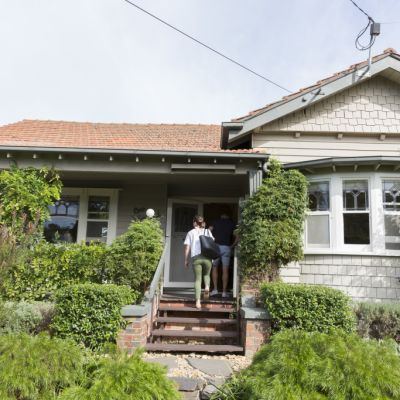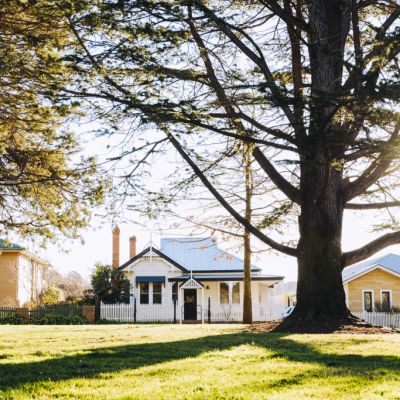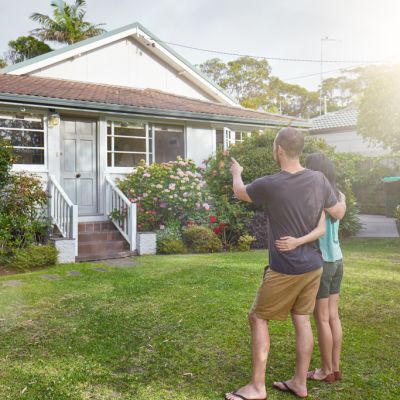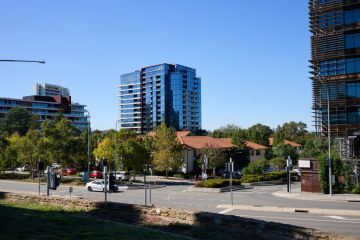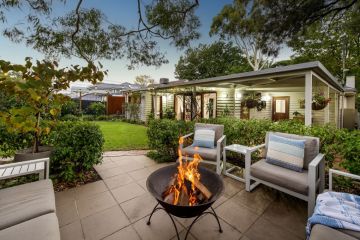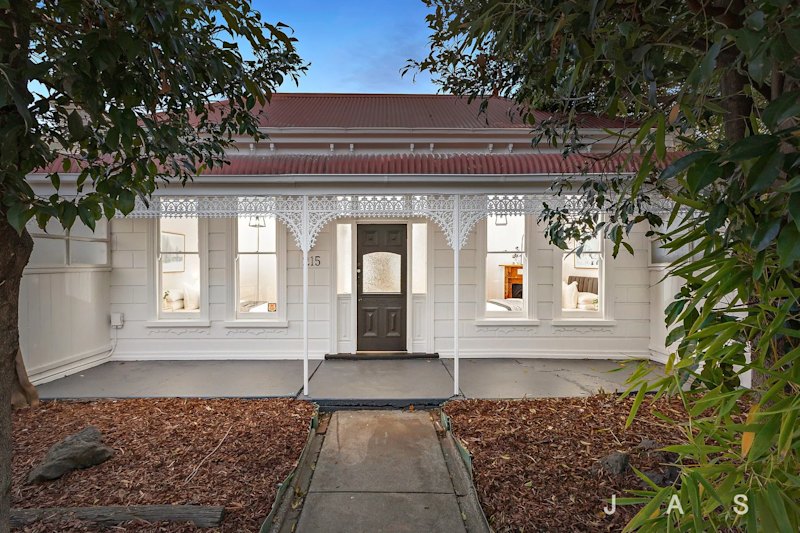Upsizing guide: What families should look for when buying a bigger home
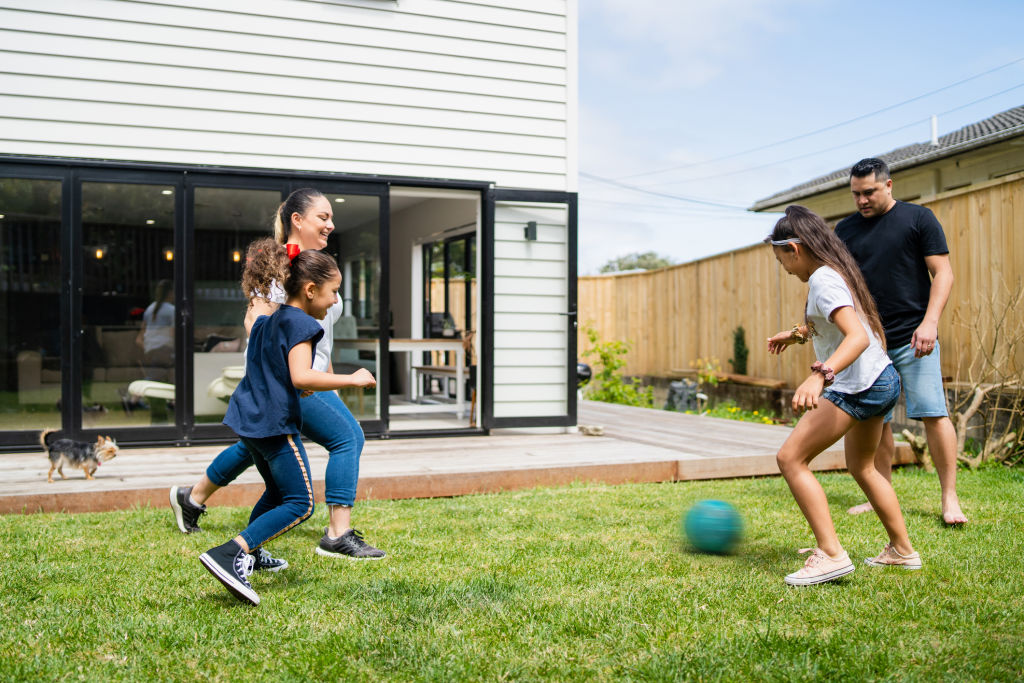
If buying your first home is about compromising to get on the property ladder, upgrading to a family home requires a different way of thinking.
The first home is usually a stepping stone rather than a forever home, but the first taste of home ownership gives upgraders an opportunity to learn what they really need.
“Upgraders have owned property before, they know what works well and what didn’t work in the previous property,” says buyer’s agent Nick Viner. “They’ve got more discerning requirements.”
Features to look for
A growing headcount is usually what prompts most upsizers to make the move.
“The primary concern is the growing nature of the family,” Viner says. “Kids have either just been born or are being born. The family is growing and they need more space.”
Upsizers need to consider not only the size of the property, but also the floor plan.
“When there’s kids, they want at least three genuine bedrooms,” says buyer’s agent Cate Bakos. “Sometimes four but always three.
“They want a living space they can see from the kitchen, and often if they’re getting a bigger house they want a second living area where the kids can play.
“They want an en suite or a bathroom with a second toilet, and they usually want a yard and they want it to be within view of living areas.”

The position of bedrooms should be front of mind for growing families, says buyer’s agent Kim Easterbrook. “If they’ve got babies and young children, parents like to be on the same floor. If they’ve got older children, it’s not so important.”
Plentiful storage is also critical, and upsizers may even want to look for a larger laundry for more frequent loads and a shed for bikes. “Where people are bursting at the seams in their current property, it’s not just the amount of rooms but it’s also where to put things.”
While the way a home functions is usually more important than how it looks, upsizers who plan on staying put for the long haul should consider the style and construction of the home, Easterbook says.
“A lot of people think about whether they want a brick house or a weatherboard, modern or period. It’s very specific to the buyer but that’s something to think about because it’s obviously a long-term property.”
Features to look for in a family home:
- Enough bedrooms to accomodate a growing family – ideally three to four bedrooms all on the same floor
- At least two bathrooms
- A main living space, ideally within view of the kitchen
- A second living space for kids to play
- Backyard within view of living spaces
- Additional storage space, such as a shed or attic
- A home office or workspace for one or both parents
Choosing a suburb
Although upsizers often have a long list of requirements in the home itself, there’s more flexibility in the location, says buyer’s agent Lisa Parker.
“Their budget dictates that for what they want, they would need to move further out because they’re usually looking for larger accommodation and more land.”
While suburbs near work have traditionally been high on the priority list, a location close to the CBD has become less critical in recent months, Parker says.
“The biggest thing that’s changed is the flexibility around how and where they are prepared to live. They’re looking to decentralise because the need to travel to work as often has reduced.”
But for many upgrading families, the choice of location revolves around schooling and childcare, says Bakos.
“You’d be surprised how many people restrict their search to near the creche their kids are in, or on the waitlist for,” she said. “People are often forward-planning about where they want their unborn children to go to high school.”

Compromising too much to get into a desirable suburb can defeat the purpose of buying a long-term home, says Bakos.
“You’ll often see higher turnover in a compromised street,” she said. “If they’re on a main road or right on a train line and they’ve just scraped into the suburb, once they realise they hate the sound of constant traffic, that can start to agitate them enough to sell.”
Features to look for in a family-friendly suburb
- Proximity to schooling and childcare
- Parks, playgrounds and recreation facilities
- Local shops and community facilities
- Walkability and tree cover
- Quiet streets
- Safety and security
- Larger block sizes for family-sized houses and yards
We recommend
We thought you might like
States
Capital Cities
Capital Cities - Rentals
Popular Areas
Allhomes
More
